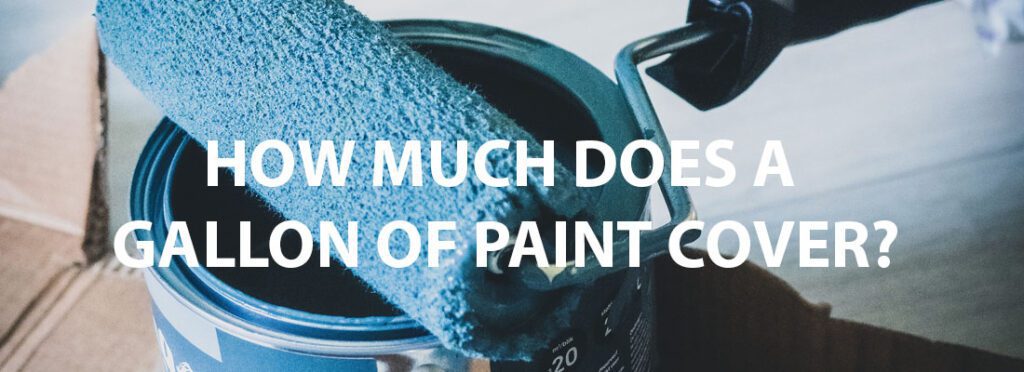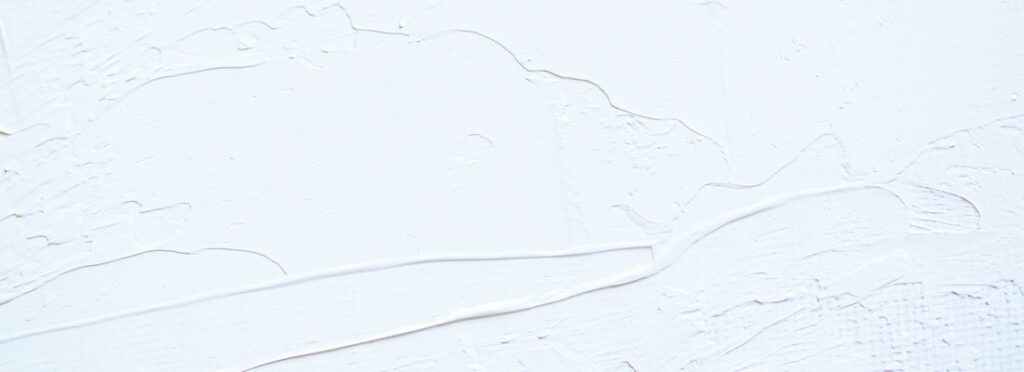
When you’re starting a painting project, one of the first questions people ask themselves is, “How much does a gallon of paint cover?” It can be extremely frustrating to be nearly finished with painting a room, only to discover you don’t have enough paint. You’ll have to stop in the middle of your project, run to the store, and keep your fingers crossed that they can match the paint as closely as possible. On the other hand, you don’t want to purchase too much paint. It’s expensive and a pain to store. In this article, we’ll go over the exact calculations to help ensure you purchase the appropriate amount of paint as well as some other tricks to make your painting projects simple and successful.
If you live in the Sacramento area, we serve the entire area including Dixon, Roseville, Stockton, Woodland, El Dorado County, and more. Contact us for a free quote.
How Long Should you Wait Between Coats of Paint?
How many square feet does a gallon of paint cover?
On average, you can get about 400 square feet out of one gallon of paint. For an easy perspective, one gallon would likely cover a bathroom or small bedroom. But keep in mind that most rooms require more than one coat of paint. So if your room needs 2 coats, plan on getting around 200 square feet out of a gallon. Two gallons would allow for two coats of coverage over roughly 800 square feet. Most people will commonly buy this amount as it covers common-sized spaces like a living room or larger bedroom.
How to calculate how much paint to buy
Calculating how many gallons of paint to buy for your next project doesn’t have to be overwhelming. By following some basic elementary math you can figure it out in no time. Here are some simple steps to help calculate the proper amount you’ll need:
- First, multiply the width times the height of each wall in the space you will be painting. Now you’ve got your square footage figured out
- Then, calculate the square footage of each door, window, or other wall cutouts you won’t be painting. Deduct this total from the total square footage of your walls
- Next, do the same calculations for your ceilings and trim. Deduct this number from the total square footage and you should be good to go. When calculating how much paint you’ll need to buy for a project, it’s wise to always round up. However, if rounding up means you’ll be purchasing an extra gallon when you’ll need less than half, consider buying an extra quart instead. It’s always nice to have a little paint left over for touch-ups down the road but don’t waste money on overbuying.
What tools should you use?
Believe it or not, using the right tools when painting can make the amount of paint you have stretch much further. Most stores provide several different options when it comes to rollers and brushes. Avoid choosing the cheapest ones as they don’t always allow for the best coverage and best-looking results. We have found that using a 9 in. roller with a ⅜-inch nap works the best on smooth walls. When working with textured walls, we recommend a ½-inch nap.

Is it different for textured walls?
It’s important to consider what kind of walls you’ll be painting when calculating how much to buy. For example, textured walls have more surface area which means they’ll require more paint. Surfaces such as stucco, popcorn ceilings, and brick may require more than 2 coats. Using a primer may also be a smart way to go. Using a primer may eliminate the need for several coats of paint but will cost money to purchase and may take extra time. When in doubt, we recommend priming first. Also when painting walls in an older home, you may need to plan on more than two coats. Walls that haven’t been painted for several years may need extra coats for the best coverage.
Should You Prime Before Painting?
What about drywall?
Fresh drywall is an extremely porous surface and will tend to soak up quite a bit of paint. We recommend priming drywall with at least two coats of quality primer before you start painting. So, if you’re replacing drywall after a water leak or working on walls that have been recently renovated, plan on applying an extra coat or two or primer for best results.
Do you need more paint for a big color change?
If you’re going to make a dramatic color change such as dark green to light tan, it’s typically going to require extra coats of paint. Using a primer is once again a good idea in this situation. It may save you from applying several coats of tan to completely cover the green.
How Much Does a Gallon of Paint Cover Conclusion
Knowing that one gallon of paint covers roughly 400 square feet will hopefully be beneficial the next time you’re faced with a painting project.
But if you live in the Sacramento area and would prefer to leave the painting to the professionals, PaintRite Pros has you covered. We offer a variety of high-quality painting services including exterior house painting, garage floor epoxy, commercial painting, interior and ceiling painting, and more. Contact us for a free estimate today!

